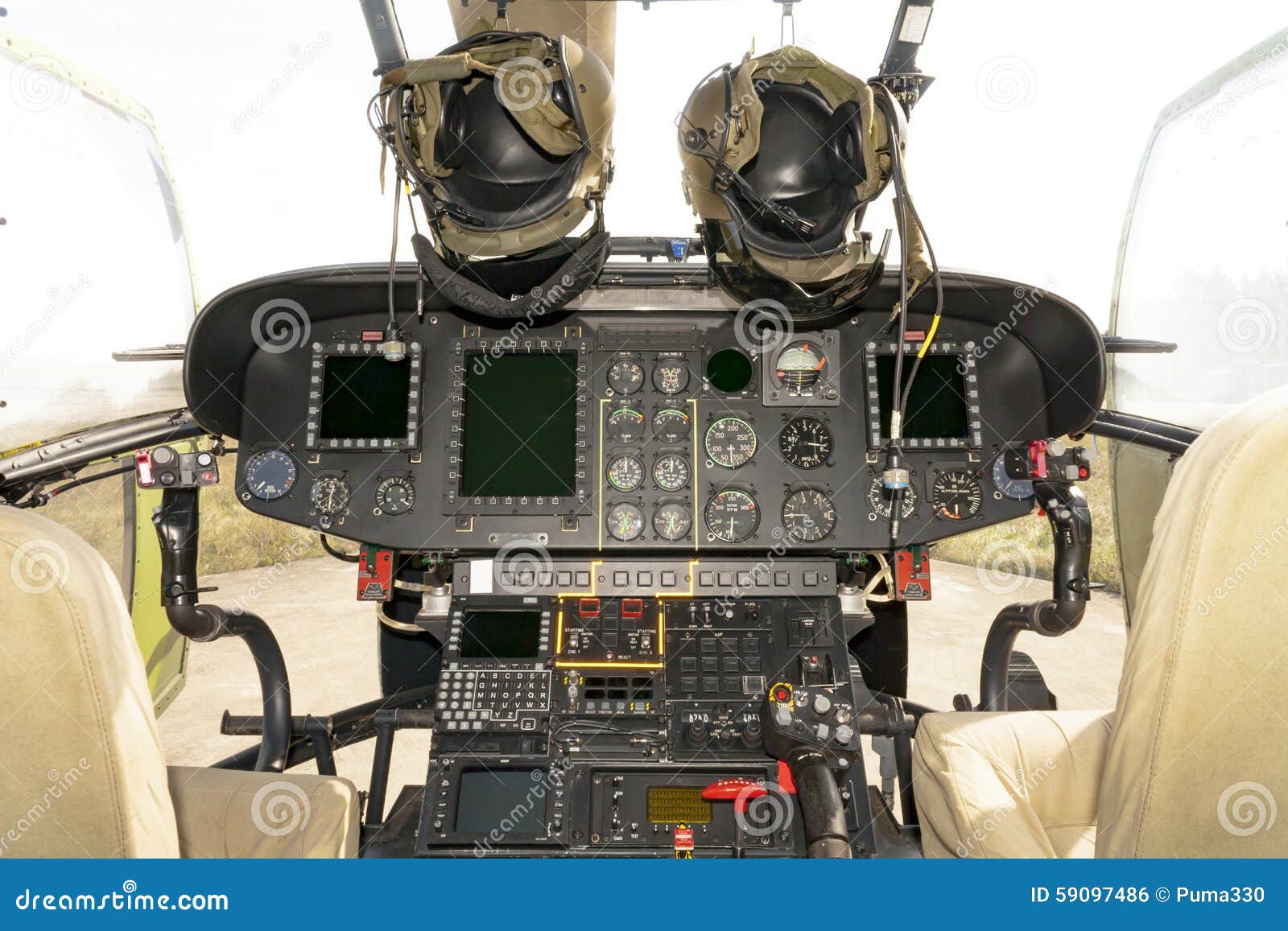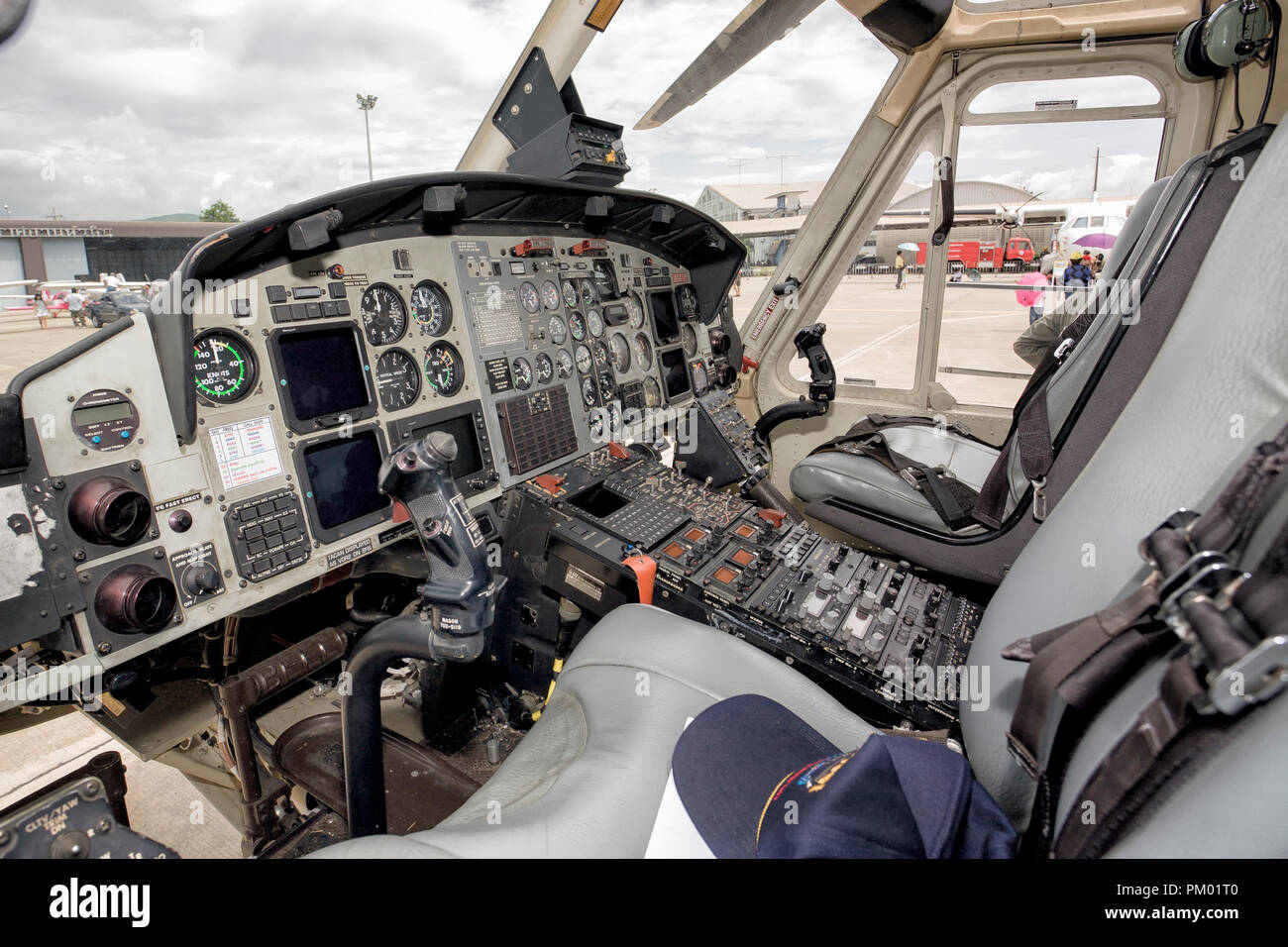

By March 2009, 100 UH-60M helicopters had been delivered to the Army. After an initial operational evaluation, the Army approved full-rate production and a five-year contract for 1,227 helicopters in December 2007. DoD approved low-rate initial production of the new variant, manufacturing began in 2006, with the first of 22 new UH-60Ms delivered in July 2006. The UH-60M incorporates upgraded T700-GE-701D engines, improved rotor blades, and state of the art electronic instrumentation, flight controls and aircraft navigation control. UH-60s equipped with M60 machine guns near An Najaf, Iraq in May 2005.ĭevelopment of the next improved variant, the UH-60M, was approved in 2001, to extend the service life of the UH-60 design into the 2020s. The UH-60L also incorporated the SH-60B's automatic flight control system (AFCS) for better flight control with the more powerful engines. The UH-60L also featured more power and lifting capability with upgraded T700-GE-701C engines and an improved gearbox, both from the SH-60B Seahawk. The new model incorporated all of the modifications made to the UH-60A fleet as standard design features. ĭue to weight increases from the addition of mission equipment and other changes, the Army ordered the improved UH-60L in 1987. An EH-60 variant was developed to conduct electronic warfare and special operations aviation developed the MH-60 variant to support its missions. Upgrades and variations Īfter entering service, the helicopter was modified for new missions and roles, including mine laying and medical evacuation.

Deliveries of the UH-60A to the Army began in October 1978 and the helicopter entered service in June 1979. The Army selected the UH-60 for production in December 1976.

Three of the prototypes were delivered to the Army in March 1976, for evaluation against the rival Boeing-Vertol design, the YUH-61A, and one was kept by Sikorsky for internal research. Prior to delivery of the prototypes to the US Army, a preliminary evaluation was conducted in November 1975 to ensure the aircraft could be operated safely during all testing. The conflict saw the first use of the UH-60 in combat.įour prototypes were constructed, with the first YUH-60A flying on 17 October 1974. UH-60A Black Hawks over Port Salinas during the invasion of Grenada, 1983. The UTTAS requirements for improved reliability, survivability and lower life-cycle costs resulted in features such as dual-engines with improved hot and high altitude performance, and a modular design (reduced maintenance footprint) run-dry gearboxes ballistically tolerant, redundant subsystems (hydraulic, electrical and flight controls) crashworthy crew ( armored) and troop seats dual-stage oleo main landing gear ballistically tolerant, crashworthy main structure quieter, more robust main and tail rotor systems and a ballistically tolerant, crashworthy fuel system. Transport within the C-130 limited the UTTAS cabin height and length. The RFP also included air transport requirements. The Army released its UTTAS request for proposals (RFP) in January 1972. Based on experience in Vietnam, the Army required significant performance, survivability and reliability improvements from both UTTAS and the new powerplant. The Army also initiated the development of a new, common turbine engine for its helicopters that would become the General Electric T700. In the late 1960s, the United States Army began forming requirements for a helicopter to replace the UH-1 Iroquois, and designated the program as the Utility Tactical Transport Aircraft System (UTTAS). Black Hawks have served in combat during conflicts in Grenada, Panama, Iraq, Somalia, the Balkans, Afghanistan, and other areas in the Middle East.ĭevelopment Initial requirement Army use, the UH-60 family has been exported to several nations. Modified versions have also been developed for the U.S. Improved UH-60L and UH-60M utility variants have also been developed. This was followed by the fielding of electronic warfare and special operations variants of the Black Hawk. Army in 1979, to replace the Bell UH-1 Iroquois as the Army's tactical transport helicopter. Named after the Native American war leader Black Hawk, the UH-60A entered service with the U.S.

The Army designated the prototype as the YUH-60A and selected the Black Hawk as the winner of the program in 1976, after a fly-off competition with the Boeing Vertol YUH-61. Sikorsky submitted the S-70 design for the United States Army's Utility Tactical Transport Aircraft System (UTTAS) competition in 1972. The Sikorsky UH-60 Black Hawk is a four-blade, twin-engine, medium-lift utility military helicopter manufactured by Sikorsky Aircraft.


 0 kommentar(er)
0 kommentar(er)
